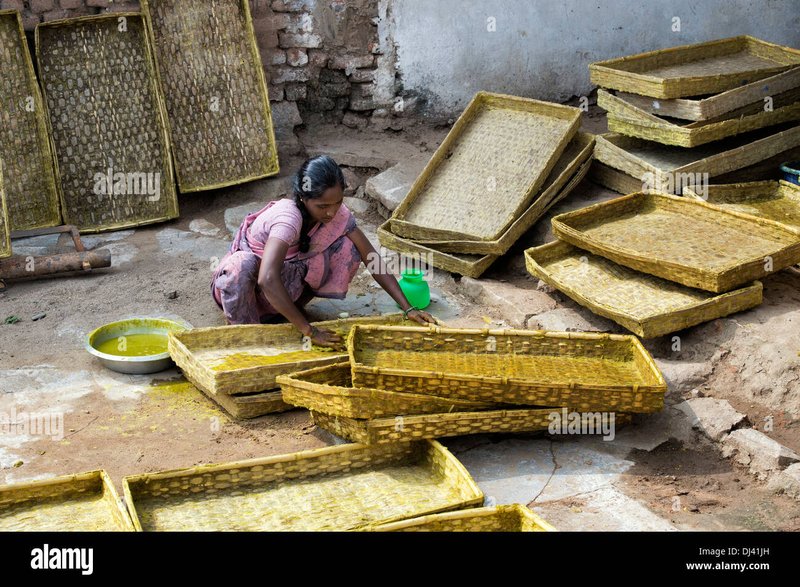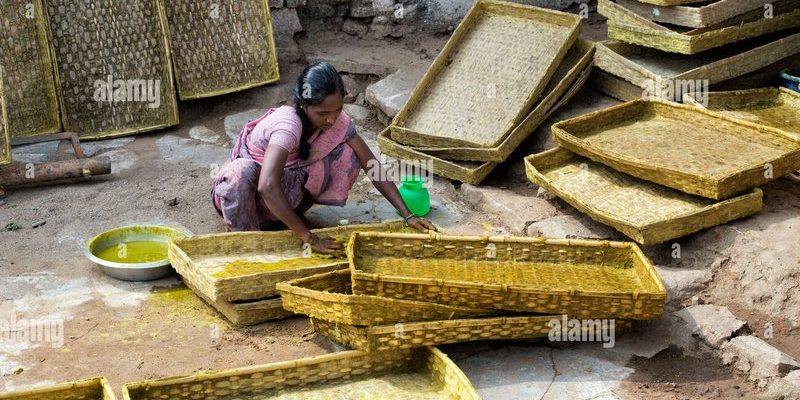
Cleaning silkworm trays and enclosures might feel overwhelming at first, but it isn’t rocket science—more like tidying up after a pet. With a little know-how and some elbow grease, you’ll have everything spick and span in no time. Whether you’re using plastic trays or wooden enclosures, this guide will walk you through each step—no prior experience needed!
Why Cleaning Your Silkworm Trays Matters
Keeping your silkworm trays clean isn’t just a recommendation; it’s crucial for their health and productivity. When you overlook cleaning, leftover food, waste, and other debris can build up, creating an environment where harmful bacteria thrive. This could lead to diseases that can wipe out your entire silkworm population faster than you can say “cocoon.”
By maintaining a clean environment, you’re not only helping your silkworms survive but also encouraging them to flourish. Healthy silkworms grow faster, eat better, and ultimately produce more silk. It’s a win-win situation!
Plus, a clean workspace makes your job easier. Imagine having to sift through old food scraps while trying to collect your silkworms for feeding. Yuck! Keeping things tidy saves you time and makes your silkworm rearing experience more enjoyable.
What You’ll Need for Cleaning
Before diving into the cleaning process, gather your supplies. Think of it like preparing for a mini cleaning adventure. Here’s a quick list of what you’ll need:
- Hot water: Helps to remove stubborn messes.
- Dish soap: A gentle cleaner that won’t harm your silkworms.
- Scrub brush: For those tricky spots that need a bit more attention.
- Sponge or cloth: Soft options for wiping down surfaces.
- Large bucket or tub: For soaking and rinsing trays.
- Disinfectant (optional): Ensure it’s animal-safe if you use one.
Once you have these items at hand, you’re ready to get started. Trust me, having everything prepared makes the process smoother and more efficient.
Step-by-Step Cleaning Process
Cleaning your silkworm trays and enclosures doesn’t have to take forever. Here’s a straightforward method to follow:
1. Remove Silkworms
Begin by gently removing your silkworms from the trays or enclosures. You can use a soft brush or your hands to scoop them off without damaging them. If you’ve got a lot, it might take a few minutes, but it’s essential to ensure they’re safe from any cleaning products.
2. Discard Old Food and Debris
Once all the silkworms are out, it’s time to get rid of old food and waste. Use your gloves to scoop out any leftover mulberry leaves or droppings. This part can feel a bit gross, but hang in there; it’s all part of keeping your silkworms happy!
3. Wash Trays Thoroughly
Now, fill a large tub with hot water and a few drops of dish soap. Submerge the trays and let them soak for a couple of minutes. This will help loosen any stubborn gunk. After soaking, take your scrub brush and get in there! Pay attention to corners and edges where dirt loves to hide.
4. Rinse and Dry
Once you’ve scrubbed every inch, rinse the trays with clean water to wash away any soap residue. Set them aside to air dry completely—moisture can create a breeding ground for mold, and nobody wants that!
Cleaning Your Enclosure
If your silkworms are in an enclosed space, like a habitat or larger box, it’s essential to clean that too. Here’s how to tackle the enclosures:
1. Remove Decorations and Accessories
Just like removing silkworms from trays, take out any decorations or accessories inside the enclosure. You want to ensure every inch is accessible for cleaning.
2. Wipe Down Surfaces
Grab your sponge or cloth and use warm soapy water to wipe down all surfaces inside the enclosure. If you spot any stubborn stains or sticky spots, don’t hesitate to use your scrub brush. Just be gentle around sensitive areas.
3. Disinfect If Necessary
Depending on how dirty the enclosure gets, you may want to spray a safe disinfectant afterward. Remember to let it dry completely before putting your silkworms back in—it helps to keep everything safe and sanitary.
4. Set Up a Clean Environment
As you put everything back together, consider adding fresh bedding material. This could be new mulberry leaves or any substrate that works for your setup. It’s a fresh start for your silkworms, and they’ll appreciate it!
Best Practices for Ongoing Maintenance
Once you’ve got everything cleaned, it’s essential to maintain that freshness. Here are some best practices to keep in mind for ongoing maintenance:
- Regular Check-Ups: Routinely inspect your trays and enclosures for residue or messes.
- Weekly Cleanings: Aim to do a quick clean or at least a spot check every week.
- Remove Dead Silkworms: If you spot any deceased silkworms, remove them immediately to prevent contamination.
- Keep Supplies Handy: Always have your cleaning supplies close by for quick clean-ups.
Remember, a little cleanliness goes a long way in ensuring your silkworms thrive and produce well.
Common Mistakes to Avoid
Even with the best intentions, it’s easy to make a few common mistakes while cleaning silkworm trays and enclosures. Here are some to watch out for:
1. Using Harsh Chemicals
Stay away from strong cleaners that can harm your silkworms. Always opt for animal-safe options when cleaning.
2. Skipping Regular Cleanings
Neglecting maintenance can lead to bigger problems down the line. Make cleaning a part of your routine.
3. Forgetting to Dry Completely
Moisture can lead to mold growth, so ensure everything dries thoroughly before reintroducing your silkworms to their home.
4. Overcrowding
If you have too many silkworms in one tray, you’ll find yourself cleaning more frequently. Stick to recommended amounts to keep everything manageable.
Wrapping It Up
Cleaning your silkworm trays and enclosures might not be the most glamorous part of silkworm farming, but it’s one of the most vital. With a simple routine and the right mindset, you can keep your silkworms thriving in a clean environment. Plus, think of it as a bonding moment with your little caterpillar friends! Regular cleanings will ensure your silkworms are not only healthier but also happier—leading to stronger silk production. So, roll up those sleeves and get cleaning! Your silkworms will thank you.

